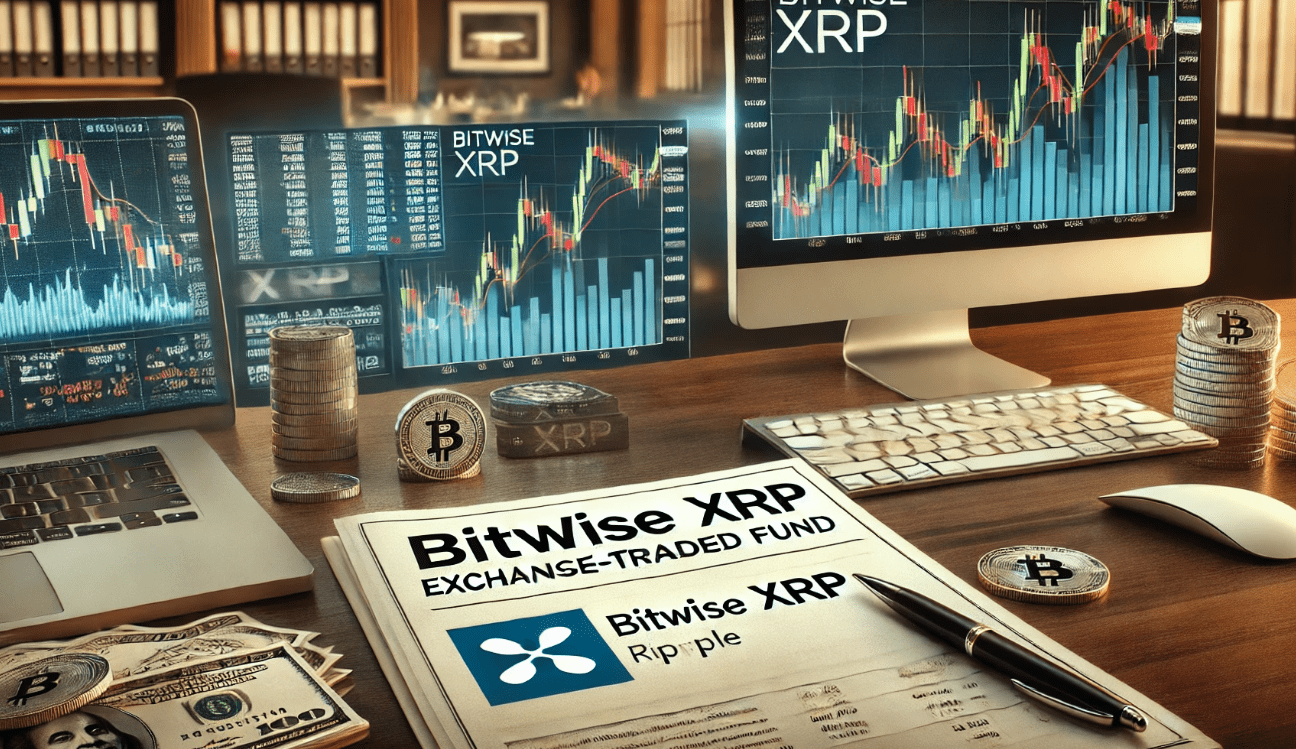Introduction
Cryptocurrencies have come a long way since the inception of Bitcoin in 2009. Despite facing numerous challenges, they continue to gain popularity, attracting investors and businesses alike. This article delves into the ever-evolving world of digital assets, examining the recent rise of cryptocurrencies, blockchain technology, and decentralized finance. We will also discuss the potential future implications and obstacles faced by this promising sector.
The Growth of Cryptocurrencies and Blockchain Technology
The Evolution of Cryptocurrencies
The landscape of cryptocurrencies has evolved significantly in the past decade. Besides Bitcoin, there are now thousands of digital currencies, including prominent ones like Ethereum, Ripple, and Litecoin. These cryptocurrencies have not only expanded the market but also diversified the applications of blockchain technology.
Blockchain Technology: A Game Changer
Blockchain technology, the foundation of cryptocurrencies, has been a game changer in the world of finance. Its inherent characteristics like decentralization, immutability, and transparency make it an attractive solution for various industries, including finance, supply chain, and healthcare. As mentioned by Goldman Sachs, blockchain technology holds the potential to unlock a new era of speed and transparency in capital markets.
Decentralized Finance (DeFi) and Stablecoins
The Emergence of DeFi
Decentralized finance (DeFi) is a rapidly growing sector within the cryptocurrency space. DeFi aims to provide an alternative to traditional financial services by utilizing blockchain technology and smart contracts. This allows users to access various financial services, such as lending, borrowing, and trading, without relying on intermediaries like banks.
Stablecoins: A Solution to Volatility?
As cryptocurrencies gained popularity, their volatility became a concern for investors. To address this issue, stablecoins were introduced. These digital currencies are pegged to stable assets, such as the US dollar, to maintain a consistent value. Goldman Sachs Research suggests that stablecoins could potentially provide a solution to the volatility that has long plagued the digital asset markets.
The Future of Digital Assets
The Mainstream Adoption of Cryptocurrencies
Despite the recent downturns in the market, many experts believe that cryptocurrencies have a bright future. The strengths of blockchain-based economics, such as the possibility of a 24/7 marketplace and reduced need for intermediaries, are major factors that drive this optimism. As discussed during the Future of Digital Assets Symposium, it is expected that digital assets will become more widely adopted in the coming years.
Central Bank Digital Currencies (CBDCs)
Central banks around the world are exploring the idea of issuing their own digital currencies, known as Central Bank Digital Currencies (CBDCs). CBDCs could potentially reshape the financial system by providing a digital alternative to cash, enabling faster and more efficient transactions. Goldman Sachs Research’s David Mericle discusses the implications of CBDCs on monetary and fiscal policy.
Challenges and Obstacles
Regulatory Hurdles
One major obstacle faced by the cryptocurrency industry is the lack of a clear regulatory framework. Policymakers and industry stakeholders have been urging for clearer guidelines and legal standards around definitions and regulations within the blockchain, digital assets, and cryptocurrency sectors. As noted at the Future of Digital Assets Symposium, the European Union, UK, China, and Switzerland are far more active in creating regulatory guidelines than the US.
Market Volatility and Security Concerns
The volatile nature of cryptocurrencies has been a cause of concern for investors. Additionally, high-profile scandals like the collapse of cryptocurrency exchange FTX highlight the need for increased security measures and consumer protection in the digital asset space.
The Role of Government and Policymakers
Congressional Efforts to Regulate the Industry
Several members of Congress have been actively working towards providing a regulatory framework for the digital asset industry. The Responsible Financial Innovation Act, co-sponsored by Sens. Kirsten Gillibrand and Cynthia Lummis, aims to create a more concrete set of guidelines for regulators, thereby promoting growth and consumer protection in the cryptocurrency market.
Comparisons to the Dot-Com Bubble
Some policymakers, like Rep. French Hill, have compared the current cryptocurrency landscape to the dot-com bubble of the early 2000s. They emphasize the need for transparent and fair-minded rules that would allow innovation in the space to succeed or fail based on its merit.
Academic Research in Digital Assets
DeFi Academic Research Conference
The second annual DeFi Academic Research Conference brought together academic experts to discuss various aspects of decentralized finance. Topics included automated market-making protocols, scalability solutions for smart contracts, and systemic fragility related to the crash of stablecoin TerraUSD.
The Importance of Ongoing Research
Given the relative newness of decentralized finance, ongoing academic research is crucial for expanding the suite of possible solutions and understanding the differences between decentralized and traditional finance. Collaboration between academia, industry, and policymakers will be essential to foster innovation and growth in the digital asset sector.
The Impact of Digital Assets on Capital Markets
Digitizing Bonds on the Blockchain
In a groundbreaking move, the European Investment Bank (EIB) issued and settled its first-ever digital bond using Ethereum blockchain technology. This demonstrated the potential of blockchain technology to revolutionize capital markets by increasing efficiency and reducing costs.
The Role of Institutional Investors
The growing interest of institutional investors in cryptocurrencies has further legitimized the asset class. As discussed on Exchanges at Goldman Sachs, industry experts like Michael Novogratz and Nouriel Roubini explore the potential of cryptocurrencies as an institutional asset class.
The Chinese Digital Currency Initiative
China has been a frontrunner in the development of digital currencies with its Digital Currency Electronic Payment (DCEP) initiative. This state-backed digital currency aims to provide a faster, more efficient payment system and has the potential to reshape the Chinese economy.
The Role of Education and Public Awareness
Educating the Public
As digital assets become more mainstream, educating the public about their potential benefits and risks is essential. Increased awareness will help individuals make informed decisions about investing in and using cryptocurrencies.
Encouraging Innovation and Collaboration
To ensure the continued growth of the digital asset sector, fostering innovation and collaboration between industry stakeholders, policymakers, and academia is crucial. Events like the Future of Digital Assets Symposium provide a platform for these discussions and help shape the future of digital assets.
Conclusion
The rise of cryptocurrencies, blockchain technology, and decentralized finance has the potential to reshape the global financial landscape. Despite the challenges and obstacles that the industry currently faces, the future of digital assets appears promising. Continued innovation, collaboration, and regulatory support will be key to unlocking the full potential of this rapidly evolving sector.










